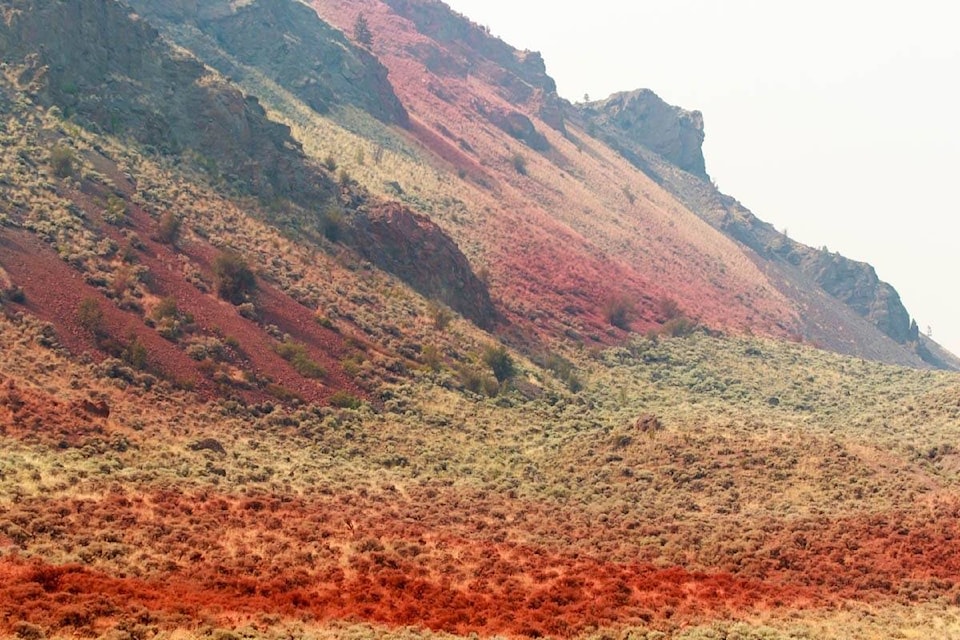In an article that appeared in The Journal in October (“Province protecting wildlife in the aftermath of fire season”, October 12), it was reported that ATV and UTV use for the purposes of hunting was being limited—but not eliminated completely—in certain management units around the Elephant Hill wildfire.
Not so, says Jim Melenka, a conservation officer with the Ministry of Environment and Climate Change Strategy. “You cannot use an ATV or a UTV for hunting or anything to do with hunting” in those areas, he says. A map of the affected area—available for viewing at http://bit.ly/2zHKlw7— shows the management units where motor vehicle use, including ATVs and UTVs, is prohibited completely.
2017 Atv Hp Elephanthills by Barbara Roden on Scribd
The map states that “The operation of All Terrain Vehicles to hunt wildlife, transport wildlife, transport equipment and supplies which are intended for or in support of hunting, or transport hunters to and from the location of wildlife is prohibited in the area outlined in red.” Melenka says he spoke with a biologist to get the rationale behind the decision to ban ATV use completely.
“The road densities in those management units have been calculated to exceed all of the ecological thresholds identified for the long-term management of wildlife.” Road densities are the total length of all roads per square kilometre, and Melenka explains that the densities in the affected management units range from 2.5 to 4km of roads per square kilometre.
“A lot of those roads are not passable by motor vehicles, but they are passable by ATV,” he says, adding that the road densities in the area don’t leave a lot of room for hunters and displaced animals. “There’s an opportunity for the wildlife population to be impacted. So the decision was made to reduce the use of those roads by closing them.”
Melenka also notes that the number of hunters in the Thompson region continues to increase. “That also inadvertently increases the use of ATVs; as hunter numbers go up, ATV use follows.”
He says that the question has been asked why the management units have been closed completely to ATV use when much of the land within them was not affected by fire.
“Biologists measure the potential wildlife population in those areas, and they were closed because we need to manage not just the animals in the fire area; we need to manage the pressure in adjacent management units with high road densities.
“The prohibition was put in place as an initial measure to protect wildlife values in and around the management units impacted by road densities and the Elephant Hill fire. This prohibition will continue to be monitored in the coming seasons, and in-season updates to the hunting synopsis and maps are available online at www.gov.bc.ca/hunting. It is the hunter’s responsibility to research the area they intend to hunt, and be aware of any changes to access or harvest opportunities.”
editorial@accjournal.ca
Like us on Facebook and follow us on Twitter
